In today's fast-paced business environment, enterprise CIOs face the persistent challenge of operational and data silos. These silos segregate data, creating barriers that inhibit its seamless flow across departments, systems, and business units. Traditionally, organizations have tried to dismantle these silos through various change initiatives, aiming to foster a data-driven culture, implement enterprise-wide data integration strategies, encourage cross-functional collaboration, and promote data governance practices. However, these projects often fall short of their goals, proving difficult to complete and leaving organizations with lingering inefficiencies.
It's essential to recognize operational and data silos as forms of operational debt and data debt, closely related to the concept of technical debt.
Just like with technical debt, it's generally more effective to bypass operational and data debt rather than mitigate them, unless there are additional business reasons to rework data and applications (like enhancing the customer experience) This is where a data fabric can be a game-changer.
A data fabric creates a hybrid integration layer that ensures changes in one system do not disrupt others. This innovative approach eliminates the need to break down operational and data silos solely to obtain actionable training data for Large Language Models (LLMs). By implementing a data fabric, organizations can streamline their data integration processes, enhance data accessibility, and foster a more agile and responsive business environment.
Key Benefits of a Data Fabric
Seamless Data Integration: A data fabric enables the seamless flow of data across disparate systems, providing a unified view of information. This integration is crucial for CIOs looking to harness the full potential of their organization's data assets.
Reduced Operational Complexity: By bypassing the need to dismantle silos, a data fabric reduces operational complexity and minimizes the risk of disruptions. This approach allows for smoother transitions and more efficient data management.
Enhanced Data Governance: Implementing a data fabric supports robust data governance practices, ensuring data quality, security, and compliance. This is particularly important for organizations dealing with sensitive information and regulatory requirements.
Agility and Scalability: A data fabric provides the flexibility to adapt to changing business needs and scale operations efficiently. This agility is vital for staying competitive in a rapidly evolving market landscape.
Improved Decision-Making: With a unified and accessible data infrastructure, decision-makers can leverage real-time insights to drive strategic initiatives and make informed choices.
Implementing a Data Fabric: Best Practices
Assess Your Current Data Landscape: Conduct a thorough assessment of your existing data infrastructure to identify silos and areas of improvement.
Define Clear Objectives: Establish clear goals for your data fabric implementation, aligned with your organization's strategic priorities.
Invest in the Right Technology: Choose a data fabric solution that fits your organization's specific needs and integrates seamlessly with your existing systems.
Foster a Collaborative Culture: Encourage cross-functional collaboration and buy-in from all stakeholders to ensure successful implementation and adoption.
Monitor and Optimize: Continuously monitor the performance of your data fabric and make necessary adjustments to optimize its effectiveness.
Conclusion
For enterprise CIOs, overcoming the challenges posed by operational and data silos is crucial for driving innovation and achieving business goals. A data fabric offers a powerful solution, enabling seamless data integration, reducing operational complexity, and enhancing data governance. By implementing a data fabric, organizations can unlock the full potential of their data, fostering a more agile, efficient, and responsive business environment.
Embrace the power of a data fabric to transform your organization's data strategy and pave the way for a data-driven future.

